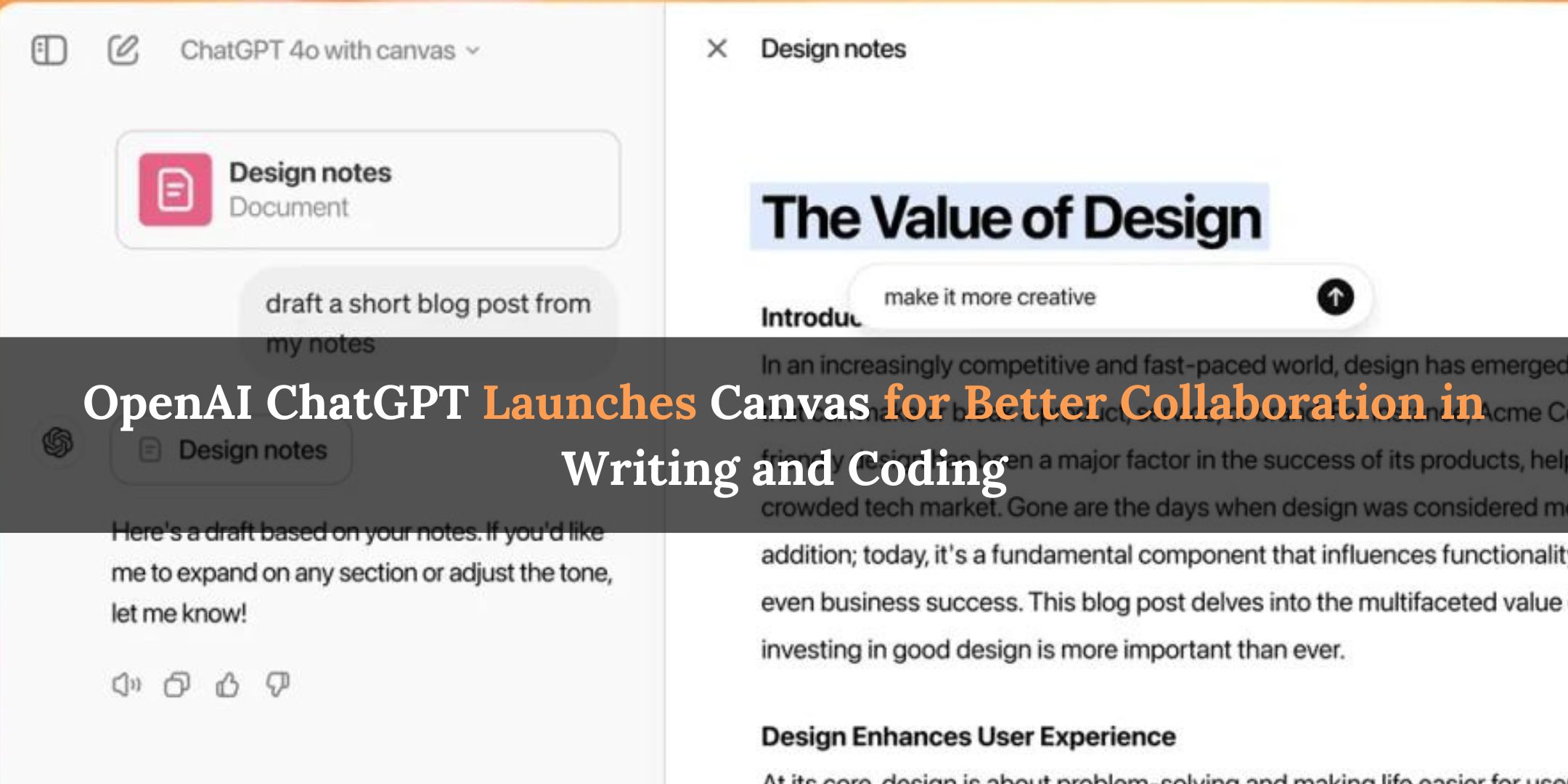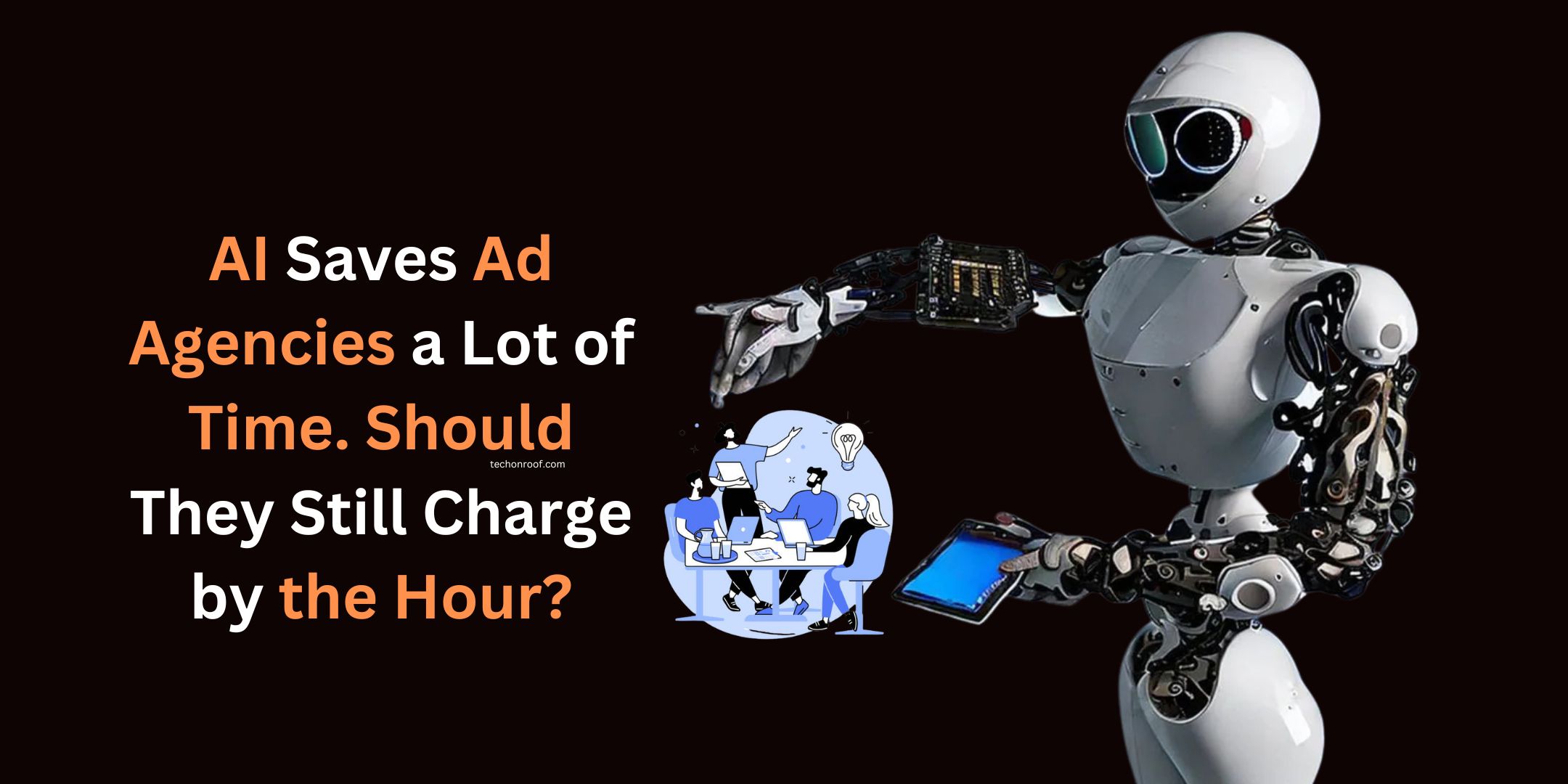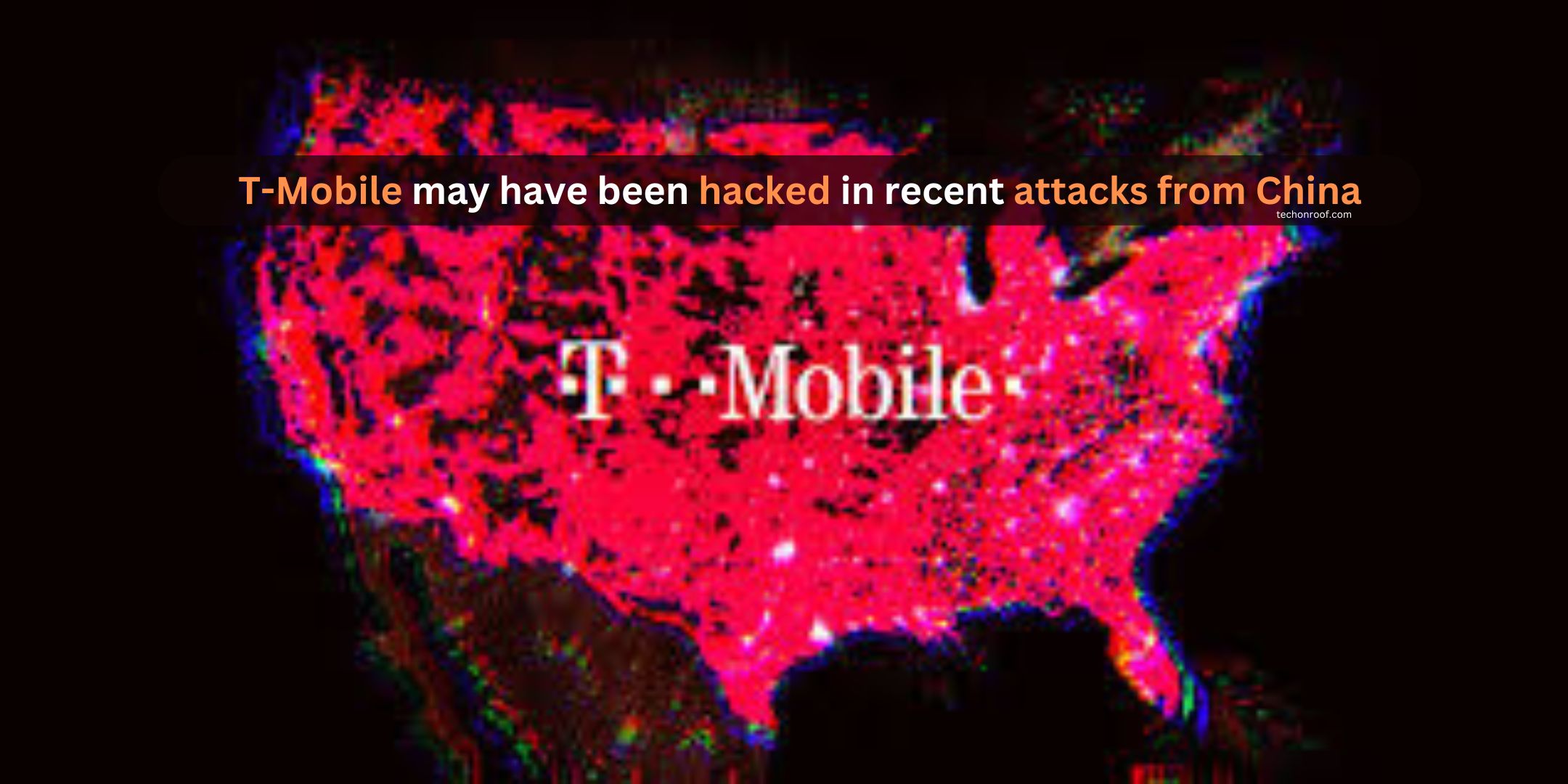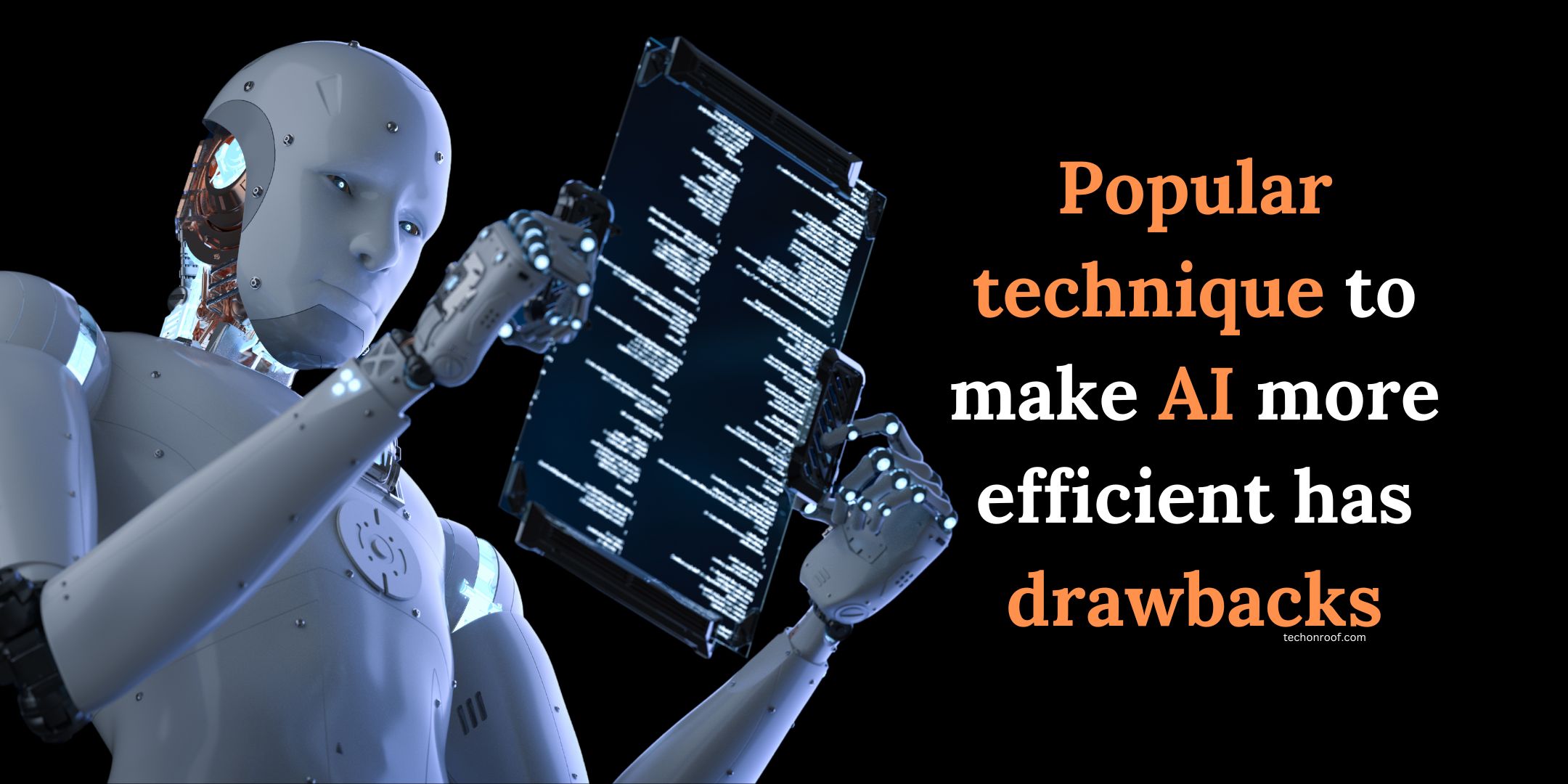The company has now released a new feature called Canvas to enhance collaborative work on writing and coding projects. Currently available in beta, Canvas is exclusively available to ChatGPT Plus and Team users, and access to Enterprise and Edu subscribers will be provided very soon.
Read Also: OpenAI DevDay 2024: 4 Game-Changing Updates to Make AI More Accessible and Affordable
What is OpenAI ChatGPT’s Canvas?
It enables users to display a virtual workspace to the side of the main chat, where they can zoom in on lines of text or code and begin working within those sections. This assists the collaborative experience; it lets the peer response take on a role more akin to that of a copy editor or code reviewer. Users can start this function at will by typing “use canvas” or it can be set to auto-launch when the system determines that it might be useful.
Key Features of Canvas
Canvas offers a number of shortcuts that can assist you with writing and coding:
Writing Features:
- Suggest Edits: Canvas offers inline suggestions for writing more clearly and eloquently
- Change Length: Lets you adjust the number of words within the text to suit the needs of your project.
- Change Reading Level: Makes the complexity as simple or advanced depending upon the need of the reader.
- Final Polish: This constitutes spelling, consistency, and flow.
- Add Emojis: One adds an appropriate emoji to convey the tone or emphasis.
Coding Features:
- Review Code: Inline feedback for code optimization and improvement.
- Insert Logs: Print statements for debugging purposes
- Insert Comments: Comment out those sections of code.
Correct bug determination and correction of coding errors. Port Code Translating code into other languages such as JavaScript, Python, C++, PHP, etc.
Enhanced Collaboration with ChatGPT Canvas
Canvas will show better collaboration as ChatGPT can prove helpful in resolving your problems accurately. Whether the user is dealing with document editing or some coding, Canvas allows for real-time feedback and enables direct editing at the workplace to make things easier.
Read Also: Noam Shazeer Returns to Google with $2.7B Deal: What This Holds for the Future of AI
AI Collaboration Features
Canvas was built as part of GPT-4o’s training on improving collaborative editing functionalities. It supports an application that automatically opens when a relevant task is concerned and makes concise, targeted edits when the users highlight the text. During its development process, several tests were undertaken to perform writing and coding-related tasks at a high level.
- Canvas Triggers: Can successfully trigger for writing tasks with 83% accuracy and for coding tasks at 94%.
- Accuracy in Edit: Canvas is much more focused and precise than the base GPT-4o, leaving a 30% jump in generating comments.
- Comment Quality: Rating-wise, Canvas outshone GPT-4o in producing comments that are truthful and relevant to quality, with an overall plus of 16% in terms of quality.
Future Improvements and Challenges
OpenAI aims to continue improving Canvas as it is still in beta. This shall comprise optimizing when the feature should trigger, refining feedback quality as improvement rolls out, and making it more potentially powerful for writers and developers working with ChatGPT.
In a nutshell, Canvas is one of the most significant improvements in ChatGPT capabilities: a highly interactive workplace that is efficient for projects requiring writing and coding. Since its focus is on real-time coauthoring functionality and auxiliary editing tools, it is likely to be a valuable tool for people seeking to increase productivity with the help of AI.





